|
|
 |
Emmarcat dins de l’estratègia CATALONIA.AI de la Generalitat de Catalunya i coordinat pel centre tecnològic Eurecat, el CIDAI és una iniciativa publico privada que compta amb l’Ajuntament de Barcelona, el Barcelona Supercomputing Center, el Centre de Visió per Computador, NTT Data, la Fundació i2CAT, Microsoft, SAP, SDG Group, IDEAI-UPC i Huawei.
Una de les tasques del CIDAI consisteix en la detecció d'iniciatives, projectes i activitats que s'estan duent a terme a nivell global i que posen de manifest l'impacte de les tecnologies de dades i IA com a factor d'innovació i motor de transformació.
Les notícies es recullen en el mateix idioma de la font original a través d'una eina de vigilància tecnològica parametritzada amb els interessos estratègics del CIDAI.
|
|
|
|
|
|
Article d'opinió: Consideracions ètiques en IA: d’una qüestió filosòfica a una necessitat d’aplicació tangible
|
|
|
|
|
|
|
|
|
Durant els últims anys, les consideracions ètiques de la intel·ligència artificial (IA) han passat de ser una qüestió filosòfica d’alt nivell a convertir-se en una necessitat d’aplicació tangible per minimitzar els seus riscos i maximitzar les seves oportunitats. Alhora, la proliferació dels smartphones i les aplicacions d’IA que utilitzem diàriament, l’impacte de la tecnologia en tots els sectors (incloent la indústria, la cura de la salut, la justícia, el transport, finances o l’entreteniment), l’augment de la capacitat de processament de dades, ha fet sorgir un intens i necessari debat sobre l’ús ètic de la IA que ha estat relacionat, en primera instància, amb els biaixos de les dades i amb les anomenades caixes negres de la IA.
Article complert: Consideracions ètiques en IA: d’una qüestió filosòfica a una necessitat d’aplicació tangible
Albert Sabater Coll , Director de l’Observatori d’Ètica en Intel·ligència Artificial de Catalunya
|
|
|
|
|
|
|
|
|
|
|
|
|
|
|
|
| |

|
|
| Sengkang General Hospital to promote AI-assisted colonoscopies |
|
|
Sengkang General Hospital in Singapore is turning into a centre of excellence for AI-assisted colonoscopy with support from Medtronic International.The two organisations have signed a memorandum of understanding to promote AI-assisted colonoscopy for colorectal cancer screening.
|
| |
|
|
|
| |
| |

|
| |
| Novedades acerca de EVO-NANO: la plataforma de inteligencia artificial para un tratamiento antineoplásico a medida |
|
|
Cuando el proyecto EVO-NANO finalizó en marzo de 2022, el equipo había desarrollado una plataforma de última generación capaz de cultivar y tratar tumores virtuales. Casi un año después, la plataforma es objeto de mejoras para ampliar su uso.
|
| |
|
|
|
| |
|
|
|
|
|
|
|
|
|
|
|
|
|
| |
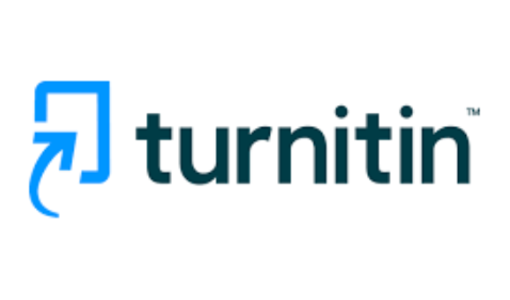
|
|
| Turnitin Turns On AI Writing Detection Features for Educators |
|
|
Two former classroom teachers who have been working on Turnitin's AI writing detection tool and ChatGPT features for educators both believe that ChatGPT has presented a growth opportunity — or perhaps more of a growth demand — for writing instruction, which they explained in an interview with THE Journal recently.
|
| |
|
|
|
| |
| |

|
| |
| Why Ed Tech is Not Endorsing a Ban on ChatGPT in Schools |
|
|
Depending on who’s speaking, ChatGPT will either further erode learning outcomes particularly in English language arts, or it will boost ELA instruction and overall learning outcomes by embedding critical-thinking and modern-workforce skills into everyday writing assignments as students learn to use the new technology with caution and precision.
|
| |
|
|
|
| |
|
|
|
|
|
|
|
|
|
|
|
|
| |
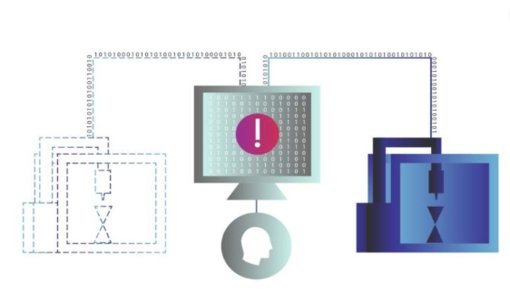
|
|
| How digital twins could protect manufacturers from cyberattacks |
|
|
A new and improved strategy for detecting cyberattacks on manufacturing systems, such as 3D printers, involves using AI to monitor a digital twin that mimics and is fed real-time data from the physical system.
|
| |
|
|
|
| |
| |
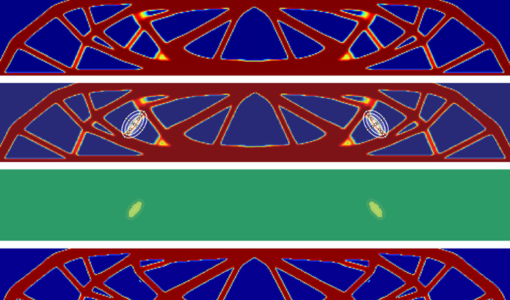
|
| |
| Integrating humans with AI in structural design |
|
|
A new design process that uses generative design but also seeks feedback from humans is more effective at producing designs that are fully optimized for their purpose.
|
| |
|
|
|
| |
|
|
|
|
|
|
|
|
|
|
|
|
| |

|
|
| Spotify’s new ‘DJ’ feature is the first step into the streamer’s AI-powered future |
|
|
Spotify has bigger plans for the technology behind its new AI DJ feature after seeing positive consumer reaction to the new feature. Launched just ahead of the company’s Stream On event in L.A. last week, the AI DJ curates a personalized selection of music combined with spoken commentary delivered in a realistic-sounding, AI-generated voice.
|
| |
|
|
|
| |
| |

|
| |
| Is generative AI really ready for the enterprise? |
|
|
OpenAI released ChatGPT just a few short months ago, and it’s fair to say that it took the world by storm: It has over 100 million active users already. No wonder, when it can generate human-like, grammatically correct responses. Related technologies can also produce artwork and code by entering a description of what you want, and the tech produces it.
|
| |
|
|
|
| |
|
|
|
|
|
|
|
|
|
|
|
|
| |

|
|
| AI Writing Detection Tool Uses 'Forensic Linguistic' Techniques to Check Authorship |
|
|
FLINT Systems has released what it describes as the "first linguistic tool designed to detect whether a document was authored by its attributed author." The system is designed not simply to detect whether a piece of writing was authored by an AI, but whether it was written by the person claiming authorship at all.
|
| |
|
|
|
| |
| |
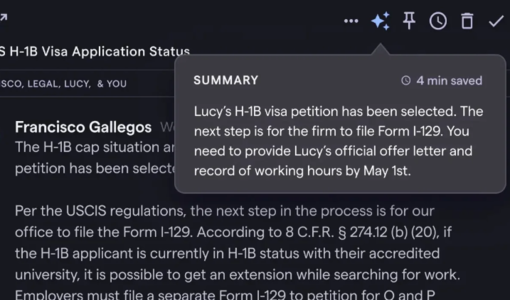
|
| |
| Shortwave email app introduces AI-powered summaries |
|
|
Last year, a bunch of Google executives launched an email app called Shortwave, which aimed to fill in the gap left by the search giant’s Inbox app. Now, the company has introduced an AI-powered summary feature so you don’t have to read long emails or threads to get the gist.
|
| |
|
|
|
| |
|
|
|
|
|
| |
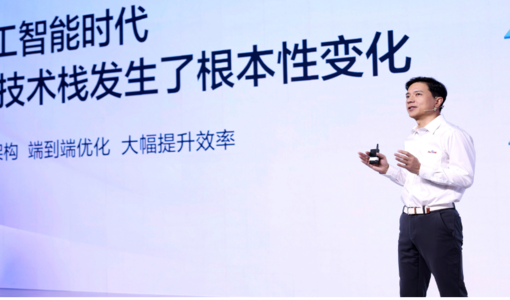
|
|
| Baidu planta cara a OpenAI con el lanzamiento de su propio ChatGPT |
|
|
El pasado jueves, Robin Li, cofundador y CEO de Baidu, subió al escenario en Pekín para enseñar a Ernie Bot, el nuevo gran modelo lingüístico de la empresa. Acompañado de imágenes creadas por la inteligencia artificial (IA) de Baidu, también mostró ejemplos de lo que puede hacer este chatbot, como resolver preguntas de matemáticas, escribir textos de marketing, responder preguntas sobre literatura china y generar respuestas multimedia.
|
| |
|
|
|
| |
| |
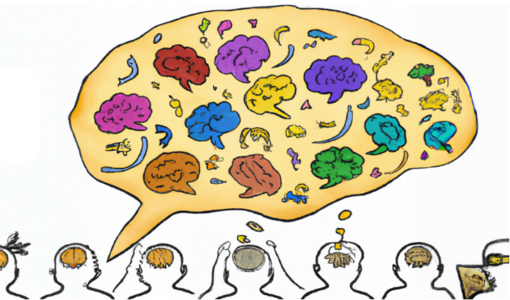
|
| |
| Large language models are biased. Can logic help save them? |
|
|
Turns out, even language models “think” they’re biased. When prompted in ChatGPT, the response was as follows: “Yes, language models can have biases, because the training data reflects the biases present in society from which that data was collected. For example, gender and racial biases are prevalent in many real-world datasets, and if a language model is trained on that, it can perpetuate and amplify these biases in its predictions.”
|
| |
|
|
|
| |
|
|
|
|
|
|
|
|
|
|
|
| |

|
|
| 3 ways intelligent cars can positively impact our daily mobility |
|
|
Transformation of the automotive industry has the potential to make mobility safer, more sustainable and more inclusive. The ‘Automotive in the Software-Driven Era Initiative’ is bringing together automotive, new mobility and ICT companies to create positive impactLong gone are the days when mechanical components represented the most complex parts in a car.
|
| |
|
|
|
| |
| |
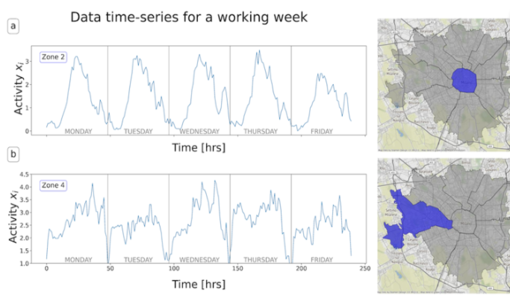
|
| |
| El Complexity Science Hub de Viena desarrolla un modelo de machine learning para predecir el tráfico |
|
|
El Complexity Science Hub de Viena ha desarrollado un nuevo modelo de machine learning capaz de predecir el comportamiento del tráfico de la ciudad en diferentes zonas urbanas. Ha utilizado datos de una empresa de coches compartidos de Italia con el objetivo de comprender cómo interactúan las diferentes zonas urbanas a fin de evitar atascos y facilitar respuestas específicas por parte de los formuladores de políticas.
|
| |
|
|
|
| |
|
|
|
|
|
|
|
|
|
|
|
|
|
| |

|
|
| Here’s how AI is helping Africa’s endangered elephants |
|
|
(Credit: Unsplash)Author: Kay Firth-Butterfield, Head of Artificial Intelligence and Machine Learning; Member of the Executive Committee, World Economic ForumThe African forest elephant and African savannah elephant have been classified as ‘endangered’ and ‘critically endangered’ by the IUCN.A new AI-powered camera is being tested in Gabon with the hope that it will aid elephant conversation.
|
| |
|
|
|
| |
| |

|
| |
| Could 3D printing help solve America’s housing crisis? |
|
|
3D-printing robots are being used to build a 100-home housing development in the US state of Texas.Developers say the technology is cheaper, faster and more sustainable than conventional construction methods.
|
| |
|
|
|
| |
|
|
|
|
|
|
Ciberseguretat, privacitat i ètica
|
|
|
|
|
|
|
|
|
| |
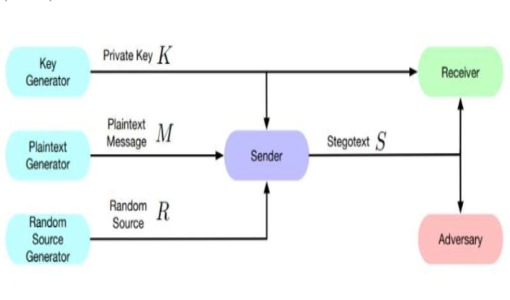
|
|
| Breakthrough enables perfectly secure digital communications |
|
|
A graphical depiction of steganography. The sender receives a plaintext message, a source of randomness, and a private key, and outputs a stegotext. The receiver receives the same private key as the sender, along with the stegotext.
|
| |
|
|
|
| |
| |
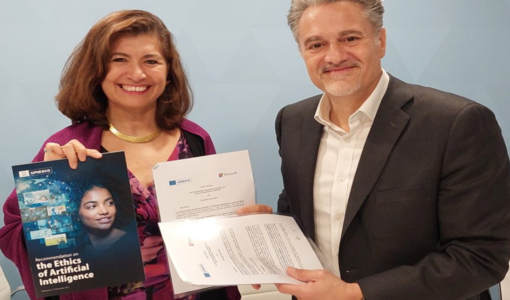
|
| |
| Microsoft y la UNESCO firman un acuerdo de colaboración y se comprometen a promover la ética en la IA |
|
|
La UNESCO y Microsoft han firmado un acuerdo por el que avanzarán en el desarrollo de una IA responsable y pondrán en marcha iniciativas conjuntas que promuevan y apliquen la Recomendación sobre la Ética de la IA, aprobada por 193 Estados miembros en la Conferencia General de la UNESCO en noviembre de 2021.
|
| |
|
|
|
| |
|
|
|
|
|
|
|
|
|
|
|
|
| |
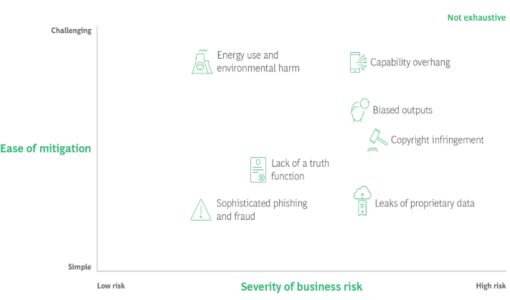
|
|
| The CEO’s Guide to the Generative AI Revolution |
|
|
The release of ChatGPT in late 2022 created a groundswell of interest in generative AI. Within hours, users experimenting with this new technology had discovered and shared myriad productivity hacks. In the weeks and months since, organizations have scrambled to keep pace—and to defend against unforeseen complications.
|
| |
|
|
|
| |
| |
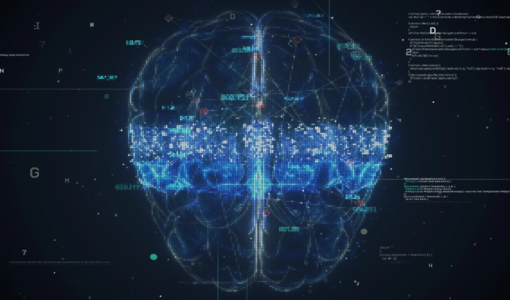
|
| |
| The takeaways from Stanford’s 386-page report on the state of AI |
|
|
Writing a report on the state of AI must feel a lot like building on shifting sands: By the time you hit publish, the whole industry has changed under your feet. But there are still important trends and takeaways in Stanford’s 386-page bid to summarize this complex and fast-moving domain.
|
| |
|
|
|
| |
|
|
|
|
|
|
|
|
|
|
|





















.png)